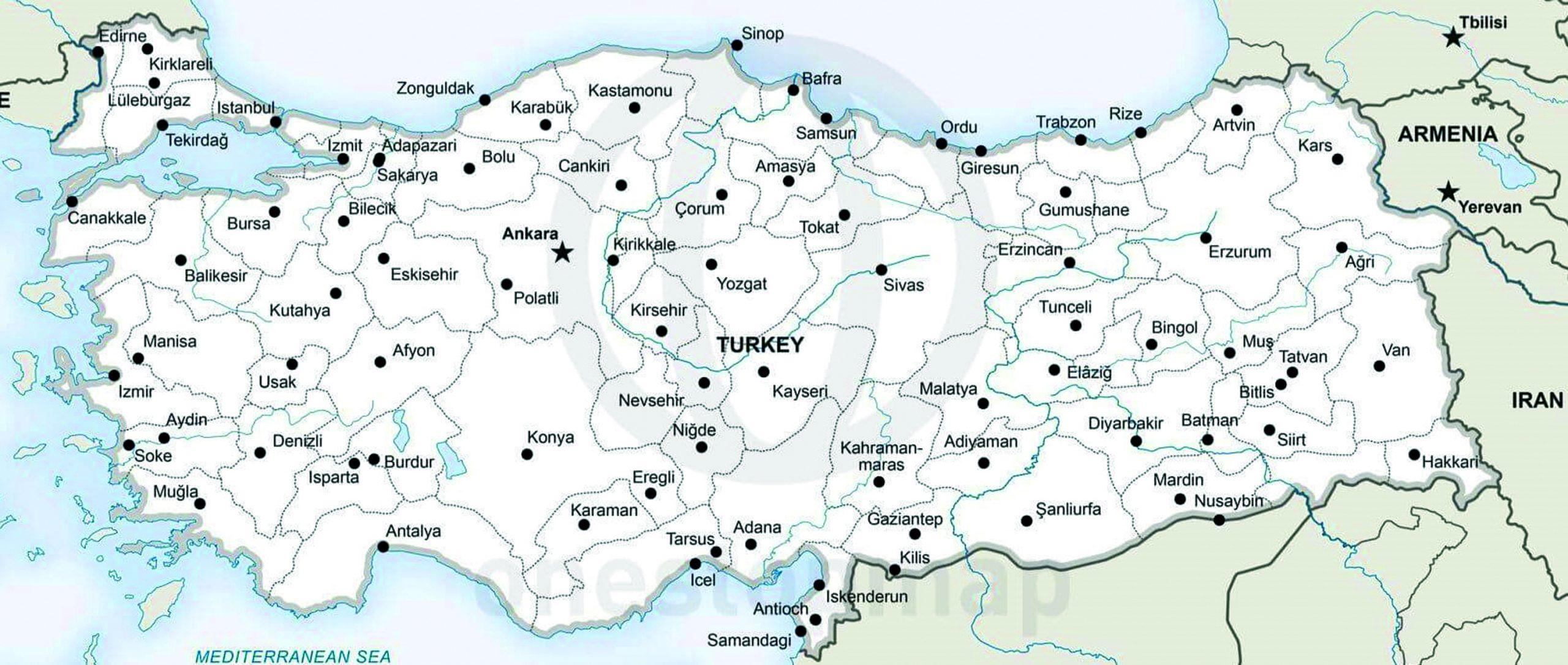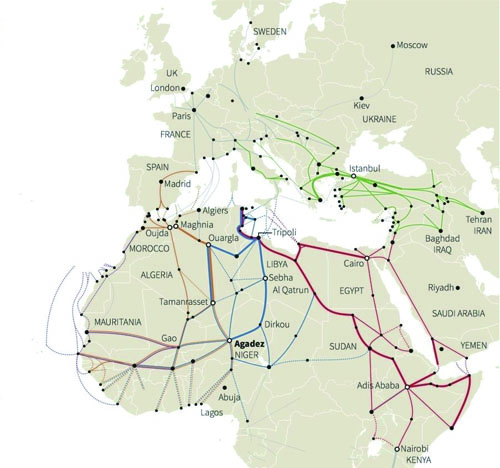ORIENT IV 2017: A post-Caliphate regional (dis-)order in the Near and Middle East
Purchase the full issue here:
26,00 € incl. VAT plus Shipping CostsSelect options This product has multiple variants. The options may be chosen on the product page
Editorial
Dear ORIENT readers,
The so-called Islamic State was only perceived as a serious threat once it had conquered large areas, including the important city of Mosul in Iraq as well as Raqqa in Syria, and had already recruited a large number of foreign fighters. Without doubt, the creation of IS was assisted by the al-Assad regime in order to create a counterweight radical organisation which through its brutality and extremism would also disqualify the armed opposition, which did not clearly condemn IS. Yet in view of the atrocities and war crimes of IS, many states and groups began to unite slowly in condemnation and resistance against IS despite their very different origins and aims.
An offensive by Iraqi forces, supported by many Shiite fighters and an international alliance, was successful in driving IS out of Mosul and many other villages and cities during summer 2017. The fall of Raqqa in Syria will follow, and then IS will have no substantial bases in Syria and Iraq. How will the decay of IS impact regional dynamics? With fighting against IS having been the common denominator for a diverse group of actors, will they continue to cooperate in the future? What measures need to be taken in order to prevent a vacuum in which a group similar to IS might emerge?
Dr Achim Rohde and Dr Christopher Phillips firstly analyse the pushback of IS and its consequences in Iraq and Syria respectively. Afterwards, Wolfgang Pusztai discusses the chance of IS taking hold in Libya, before Dr Rayan Haddad sheds light on the situation in Lebanon and Prof Curtis Ryan scrutinises the influence of IS in Jordan and on the kingdom’s politics. Lastly, Prof Fred H. Lawson delves into the current Gulf dynamics and their wider regional implications, also regarding IS.
I hope that this current issue provides you with valuable insights and different perspectives as food for thought in the ongoing discussions about the post-Caliphate regional dynamics.
Dr. Gunter Mulack
Director of the German Orient-Institute












